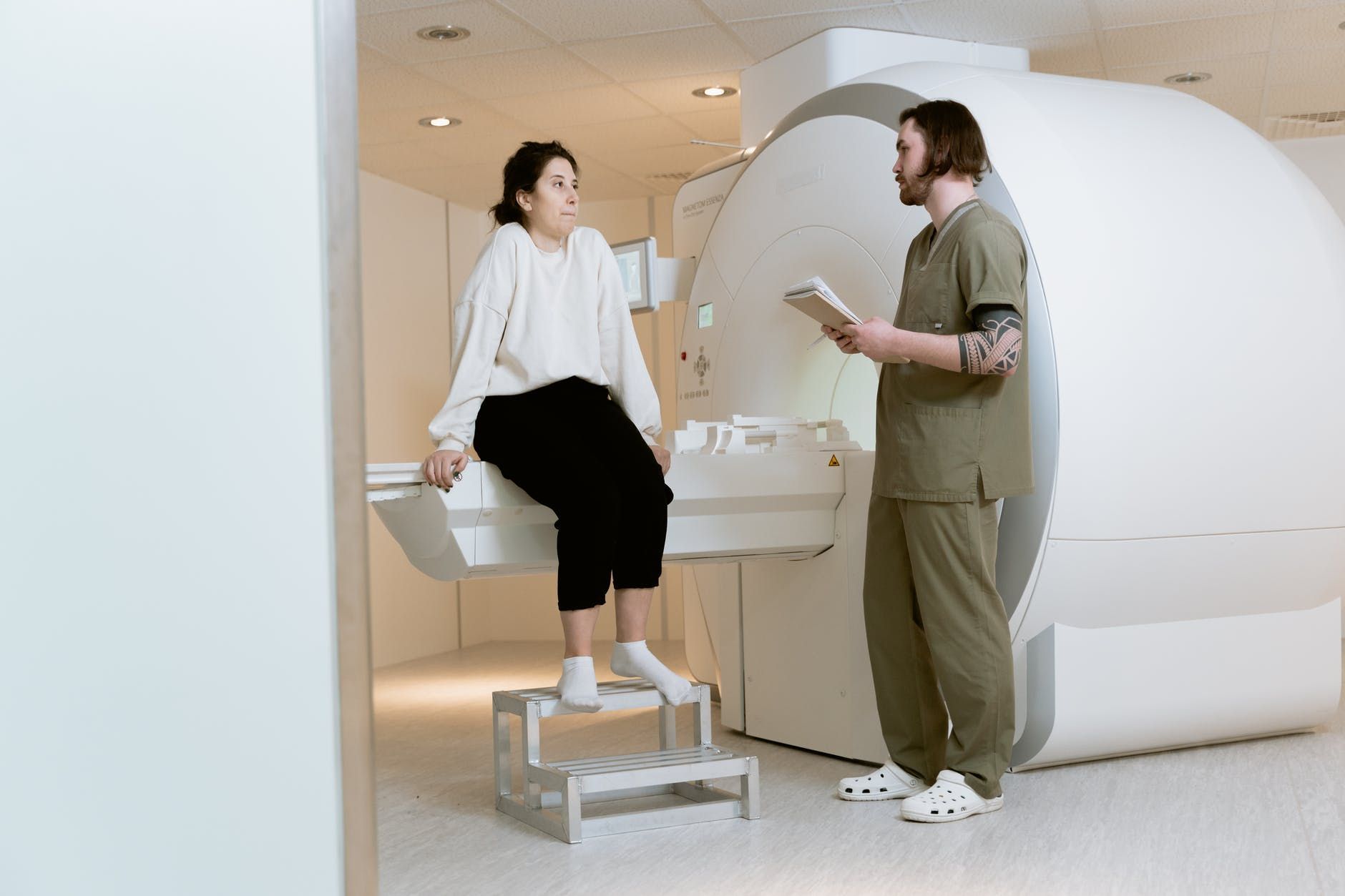Patient Test Result Information Act
Contact Frischman & Rizza Today
Frischman & Rizza, P.C.

Quick Facts
Approximately 1 billion radiologic imaging examinations are performed worldwide annually, and most of the resulting images are interpreted by radiologists
Diagnostic error in medicine is a major cause of patient harm, with the rate of missed, incorrect, or delayed diagnoses estimated to be as high as 10%–15%
The radiologic contribution to diagnostic error overall is likely to be substantial.
OVERVIEW
PENNSYLVANIA REQUIRES DIRECT NOTIFICATION TO THE PATIENT OF ABNORMAL RADIOLOGIC FINDINGS
On October 24, 2018, the “Patient Test Result Information Act” was enacted into law in Pennsylvania. This law requires imaging facilities that perform tests such as CT scans, MRI exams, PET scans, and ultrasound tests to directly communicate “significant abnormalities” to patients. The law defines a “significant abnormality” as follows:
“A finding by a diagnostic imaging service of an abnormality or anomaly which would cause a reasonably prudent person to seek additional or follow-up medical care within three months.”
Imaging facilities continue to be required to also notify any abnormal findings to the physician who ordered the test. Nonetheless, the drastic increase in “out-patient imaging centers,” combined with frequent failures to appropriately communicate abnormal findings to ordering physicians and patients, prompted the enactment of this law. The “Patient Test Result Information Act” became effective on December 23, 2018.
This law significantly impacts how a patient is notified of a significantly abnormal imaging finding. Previously, after an imaging study was ordered by a physician, the test would be performed and a radiologist would interpret the images and prepare a Report detailing the relevant “Findings” and “Impressions.” The Report would then be forwarded to the ordering physician, who would communicate the findings to the patient and discuss treatment alternatives. Unfortunately, breakdowns in this chain of communication had the effect of delaying a patient’s needed and sometimes emergent medical care. The “Patient Test Result Information Act” is designed to eliminate these communication errors by requiring imaging facilities to directly inform patients of significantly abnormal radiologic imaging study results.
In the past, radiologists and imaging facilities were often considered “consultants” who rarely interacted with patients and were only required to report their findings to the ordering physicians on a routine basis. However, in those situations where imaging findings suggest a need for urgent treatment, the interpreting radiologist was nonetheless duty-bound to rapidly notify the ordering physician of the abnormal findings, either by telephone or in person. Specifically, guidelines established by the American College of Radiology in 2014 require an interpreting radiologist to rapidly communicate abnormal findings to the ordering physician in the following situations:
- If the abnormal finding requires immediate intervention. Examples include air or blood in the chest cavity, air or blood in the abdomen, improperly placed catheter lines, feeding tubes and/or breathing tubes;
- An abnormal finding that disagrees with a prior interpretation of the same study where the failure to act quickly could be detrimental to the patient’s health;
- Abnormal findings that do not necessarily require immediate attention, but may worsen over time if left untreated. Examples include tumors that could be cancerous and other acute infectious processes.
Have you been injured?
Contact an attorney at Frischman & Rizza for a free case evaluation
Call Us On
Despite the guidelines described above, the communication of an abnormal imaging finding to the patient was left to the ordering physician. Now, under the new “Patient Test Result Information Act,” the imaging facility must directly notify the patient of significantly abnormal imaging findings within 20 days of the finalized Radiology Report. The notification must include the name of the ordering physician, the date of the imaging study, the date the Radiology Report was sent to the ordering physician, and information regarding how the patient can obtain a copy of the Radiology Report. In addition, the notification must contain one of the following statements:
You are receiving this notice as a result of a determination by your diagnostic imaging service that further discussions of your test results are warranted and would be beneficial for you.
The complete results of your test or tests have been or will be sent to the healthcare practitioner that ordered the test or tests. It is recommended that you contact your healthcare practitioner to discuss your results as soon as possible.
Under the new law, notification to the patient may be made through regular mail, e-mail, fax, in person at the time of service, or via a messaging alert sent from a patient’s healthcare portal.
The objective of this new law in directly notifying the patient is to improve follow-up care for abnormal findings and avoid potentially devastating delays in treatment. Importantly, it should be noted that the law does not apply to every radiology study. For instance, routine obstetrical ultrasounds, diagnostic x-rays, and studies performed in emergency rooms or on hospitalized patients are exempted from the law.


